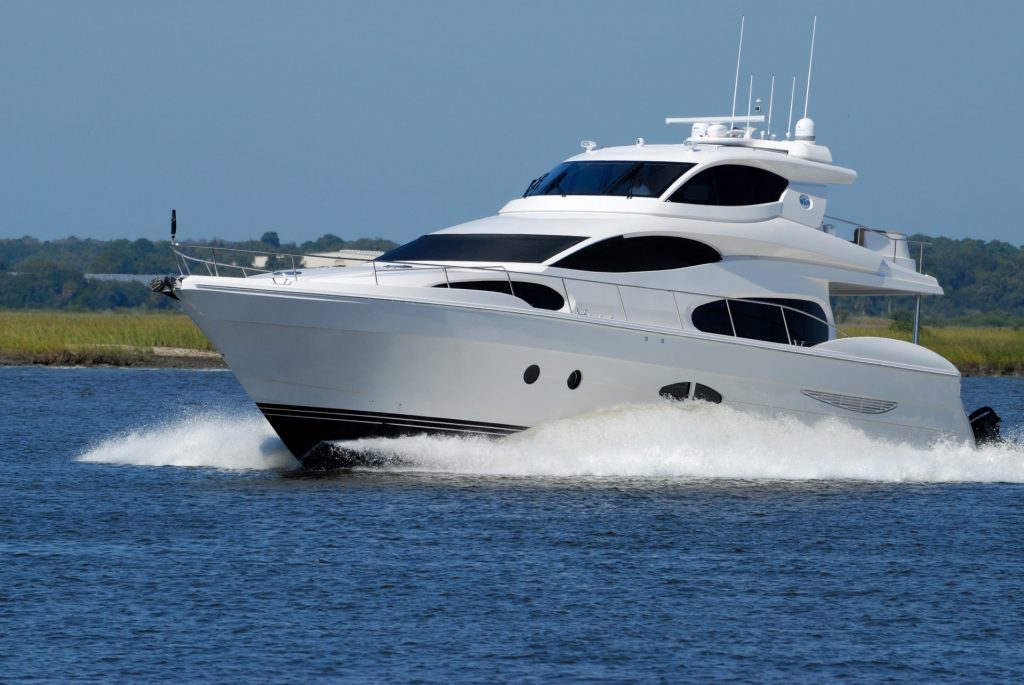
As the summer season approaches, boat and yacht owners will spend more time on the water. And, of course, a day on the water means a day of cleaning and maintenance. As a rule of thumb, a boat should be cleaned as often as it’s used. But there’s a right way to do it and a wrong way.
When it comes to boat and yacht cleaning, many people wrongly assume the best way to do it is to use soap and water or another liquid cleaner. However, that’s actually one of the worst approaches, as it can cause a lot of damage in the long run.
One of the biggest dangers of cleaning with water or other liquids is that it can contribute to the already high humidity levels on a boat. This extra moisture can cause mold and mildew to form on soft surfaces. These fungi thrive in damp environments, and using water to clean a water vessel creates the perfect conditions for them to flourish.
Another problem with cleaning with water is that it can damage the electrical systems. These systems are designed to work in specific environmental conditions, and adding extra moisture can cause components to short circuit or fail.
So, what’s the best way to clean a boat, if not with water? The answer is simple: a moisture-free method such as a dry-cleaning agent specifically designed for upholstery. Not only is it better for your boat, but it’s also better for the environment. Cleaning with water means the dirty runoff contaminates the oceans and bays. But a dry-cleaning method helps keep our waterways clean. Plus, a dry extraction system leaves surfaces nearly dry and ready for re-enjoying the open.
So, next time the soft surfaces of your boat or yacht need cleaning, reach out to Rugsies. Your boat – and the planet – will thank you.

